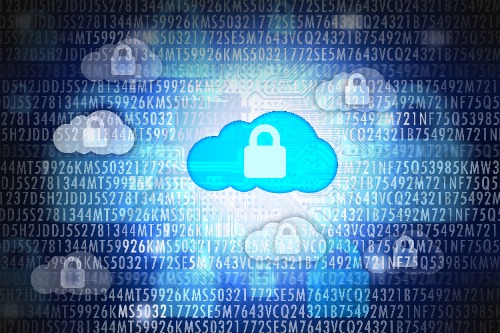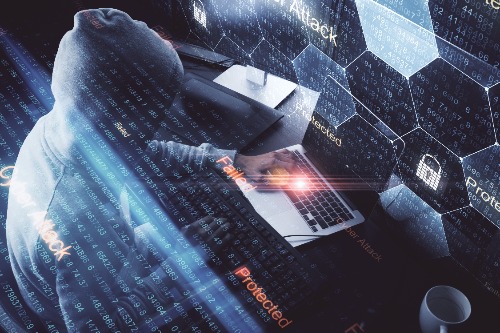It’s no secret that ransomware has overrun the public and private sector. Ransomware damages are projected to increase to $20 billion in the next three years, making a resolution appear to be impossible.
In 2018, several ransomware variants spread throughout the globe, ranging from Dharma to SamSam. These ransomware infections did not discriminate based on the industry or sector. Below are the top five ransomware attacks that took place in the U.S.
#5: Colorado Timberline
An unnamed ransomware variant hit this Colorado company in September. Management cited the company had experienced IT issues, and was unable to overcome the latest ransomware attack that riddled its network. The idea that a cyber criminal cannot only attack, but completely shut down a business indefinitely, is highly concerning.
#4: Riverside Police and Fire Department, OH
In May, the Riverside Police and Fire Departments found their networks had been compromised and infected with ransomware. They opted not to pay the ransom demands, but they still spent tens of thousands of dollars on remediation efforts, which took months to complete. While the systems were being restored, the effectiveness of both the fire and police departments were compromised, leaving them with limited ability to access digital records and evidence files.
#3: Leominster Schools, MA
After spending a week trying to remove the ransomware, and restore their files, Leominster Schools ended up paying the hackers $10,000 to restore their systems. For anyone, specifically a public-school system, that’s a chunk of change. School officials believe private staff and student data remained secure, despite the ransomware infection.
#2: Hancock Health, IN
In early 2018, Hancock Health was the victim of SamSam ransomware. Although they had backup files available, they opted to pay the $55,000 ransom demand. Why? They claimed it was more efficient than trying to restore their own systems.
#1: City of Atlanta, GA
The City of Atlanta was also victimized by SamSam ransomware. The ransom demand was over $50,000 and ATL decided not to pay. Instead, they restored their own systems, which took a lot of time, and a lot of money. It is projected this cyber attack cost taxpayers $17 million dollars. There’s no question, this is by-in-large the most publicized, and costly ransomware infection that hit within our borders, this year.




